There can be your advertisement
300x150
Bring the Cinema Home — Discover the Art of Home Theater
For those who won't give up a good movie, investing in a home theater can be a very profitable decision. Multimedia resources currently available on the market combine with high-resolution TVs and companies offering series and films—such as Netflix—which guarantees entertainment without the need to visit traditional cinemas. And best of all — in the comfort of your own home.
What to Consider Before Setting Up a Home Theater
Before you start equipping your living room—or another room in the house—as a cinema hall, it's important to plan the space and ensure that it meets some basic requirements for watching a special film without any hindrances. Let's take a look at:
1. Room Size
 Pinterest
PinterestThe first and most important step in this process is to check the dimensions of the space that will be used as your home cinema. It's not impossible to turn a small room into a movie theater, but you'll need to adapt your furniture and TV accordingly.
A large TV in a small space is uncomfortable for the eyes, while a small TV in a very large room won't deliver the expected effect. Therefore, before heading to the store to buy equipment, measure all parameters.
2. Sound Isolation
 Pinterest
PinterestDoes your cinema room have sound absorption? This point is important to avoid disturbing other residents in the house or even neighbors. A door in the room already helps keep sound inside. Another tip is to invest in wooden elements in the space. Wood is a natural sound absorber and can be found in furniture, flooring, or even the ceiling.
3. Suitable Lighting
 Pinterest
PinterestWindows are often the main source of natural light in homes. A cinema doesn't go well with brightness. The better setting is darkness, and achieving this effect isn't difficult. A thick dark curtain is enough to block out light.
That low lighting typical of movie theaters before a session can be created using artificial lighting. Installing wall lamps on both sides creates this effect—just remember to choose yellow bulbs instead of white ones. A dimmer switch can be a great solution, allowing you to adjust the light intensity.
More articles:
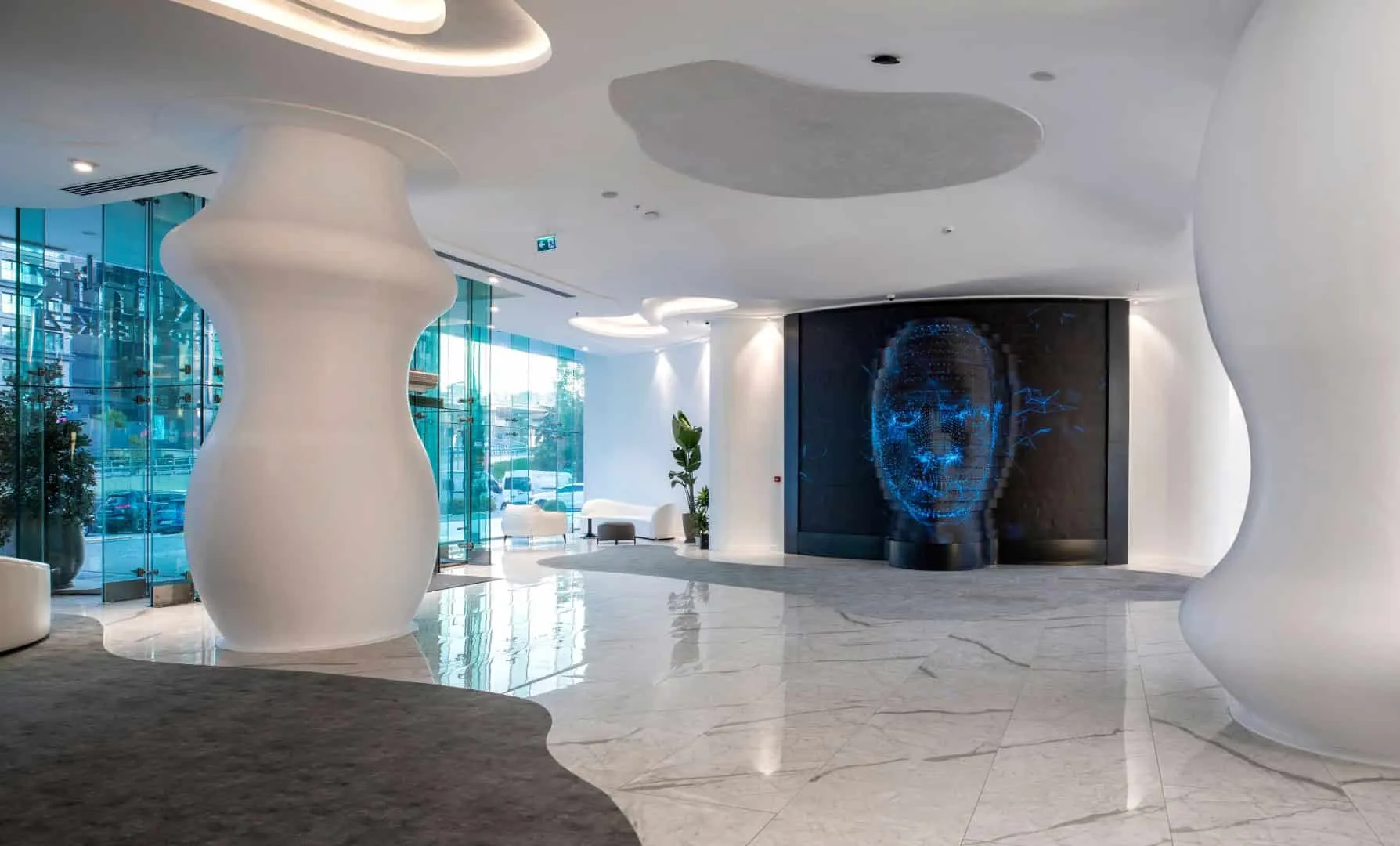 Blu Clinic by AAD Architects in Istanbul, Turkey
Blu Clinic by AAD Architects in Istanbul, Turkey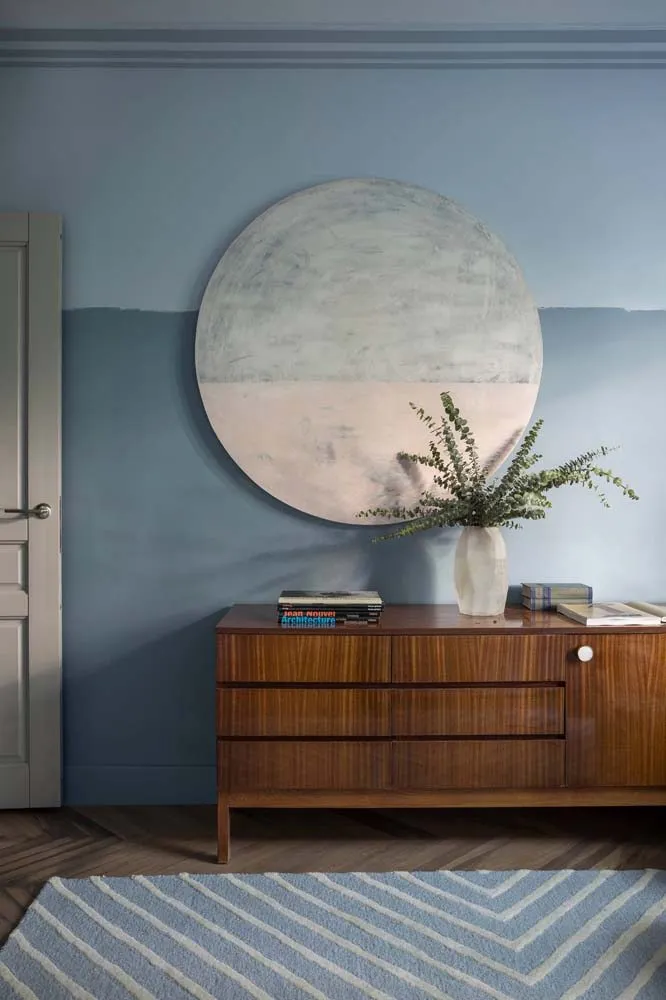 Blue-Gray Interior You'll Simply Love
Blue-Gray Interior You'll Simply Love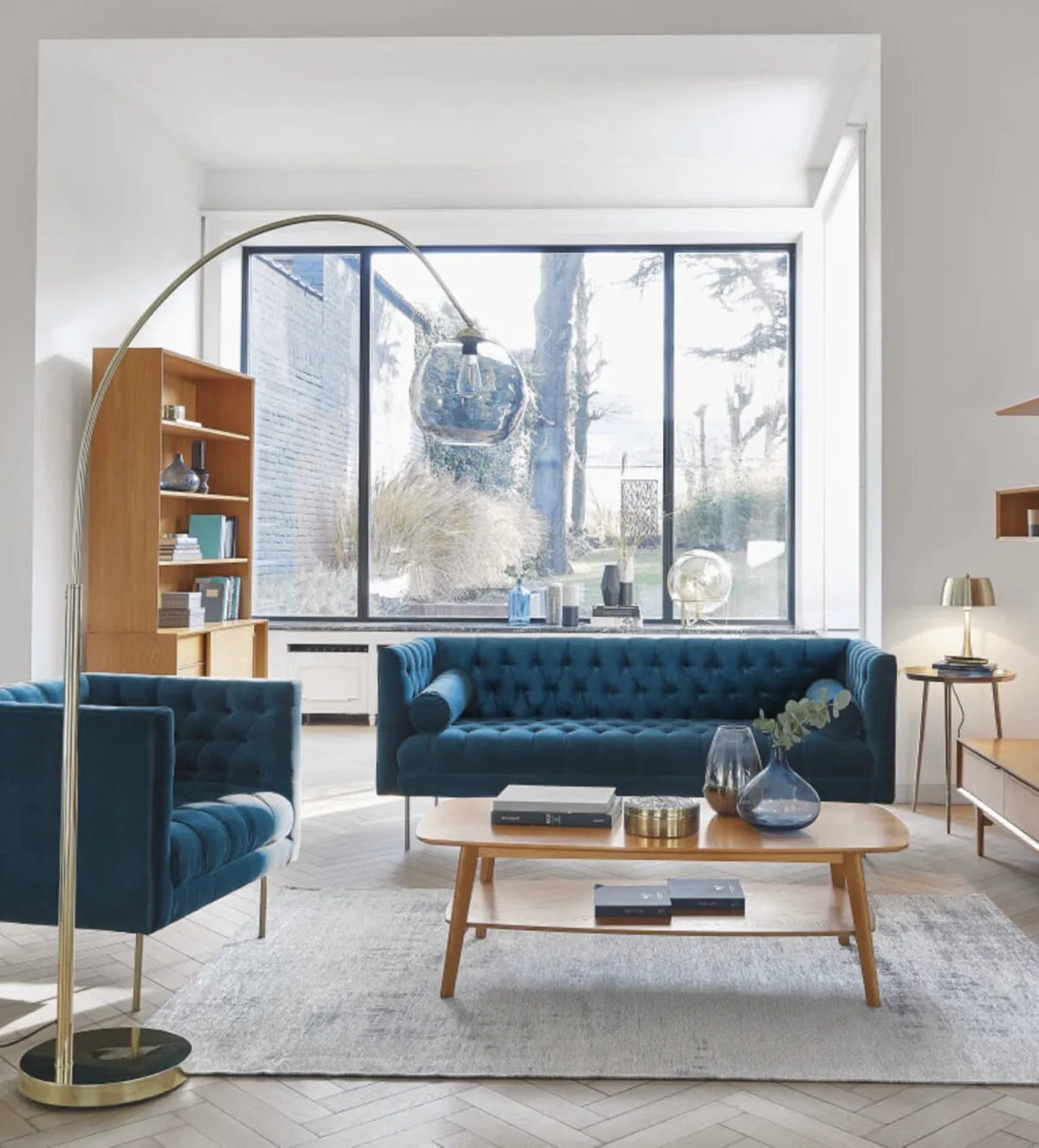 Blue Velvet Chair — A New Decorative Accent
Blue Velvet Chair — A New Decorative Accent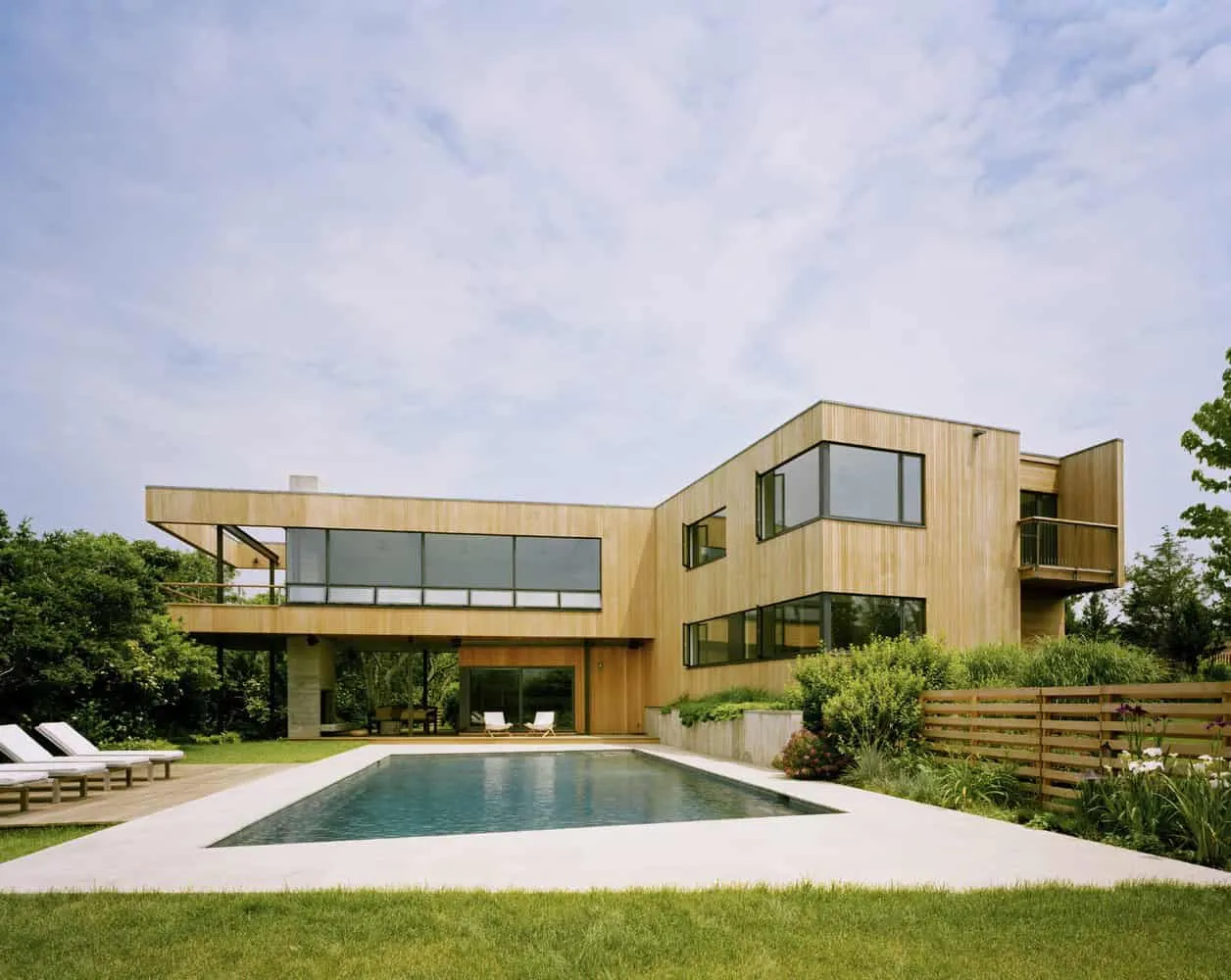 Cliffside House by Robert Young in Montauk, New York
Cliffside House by Robert Young in Montauk, New York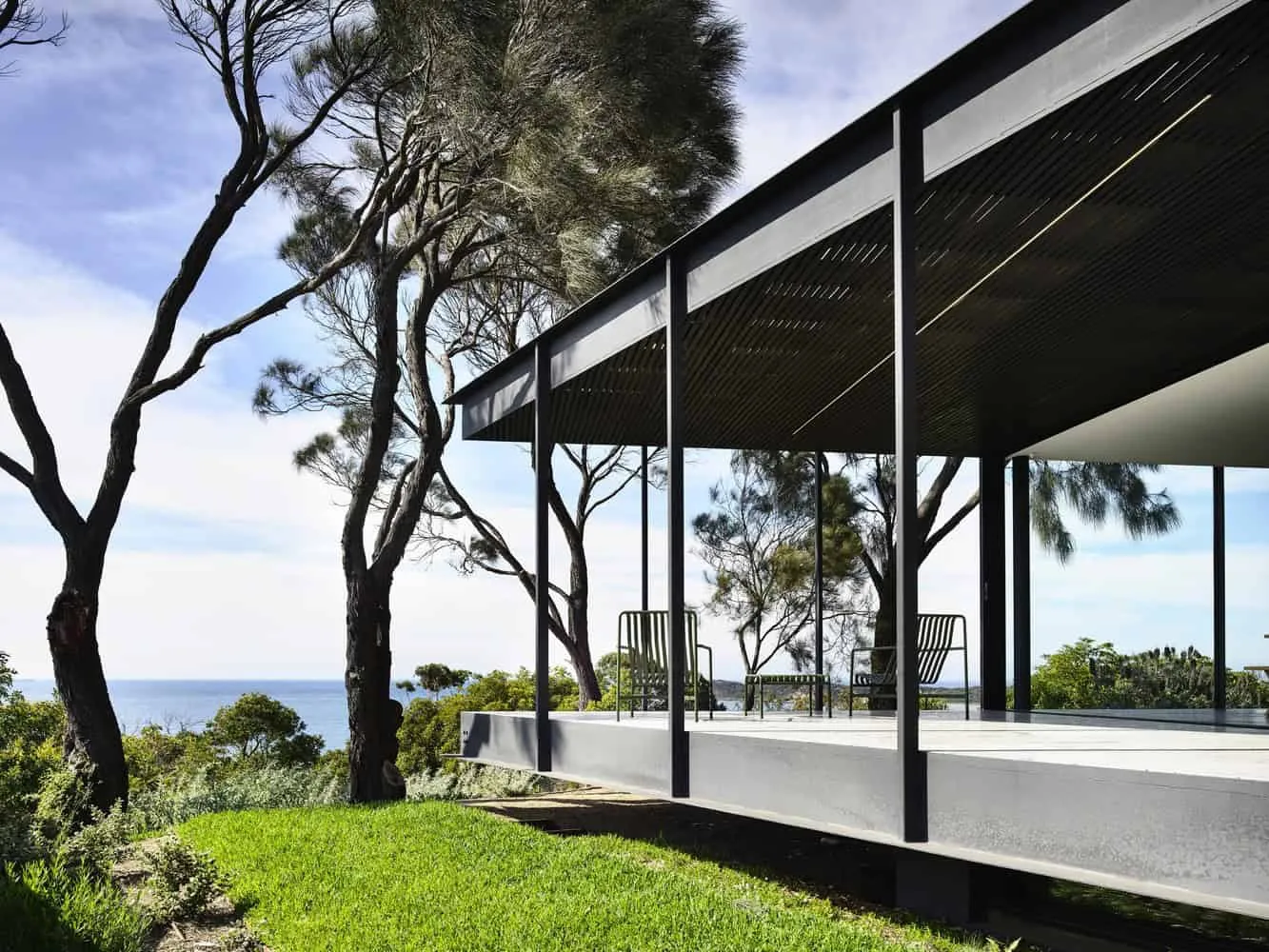 Cliff House by Rob Kenna Architects in Finders, Australia
Cliff House by Rob Kenna Architects in Finders, Australia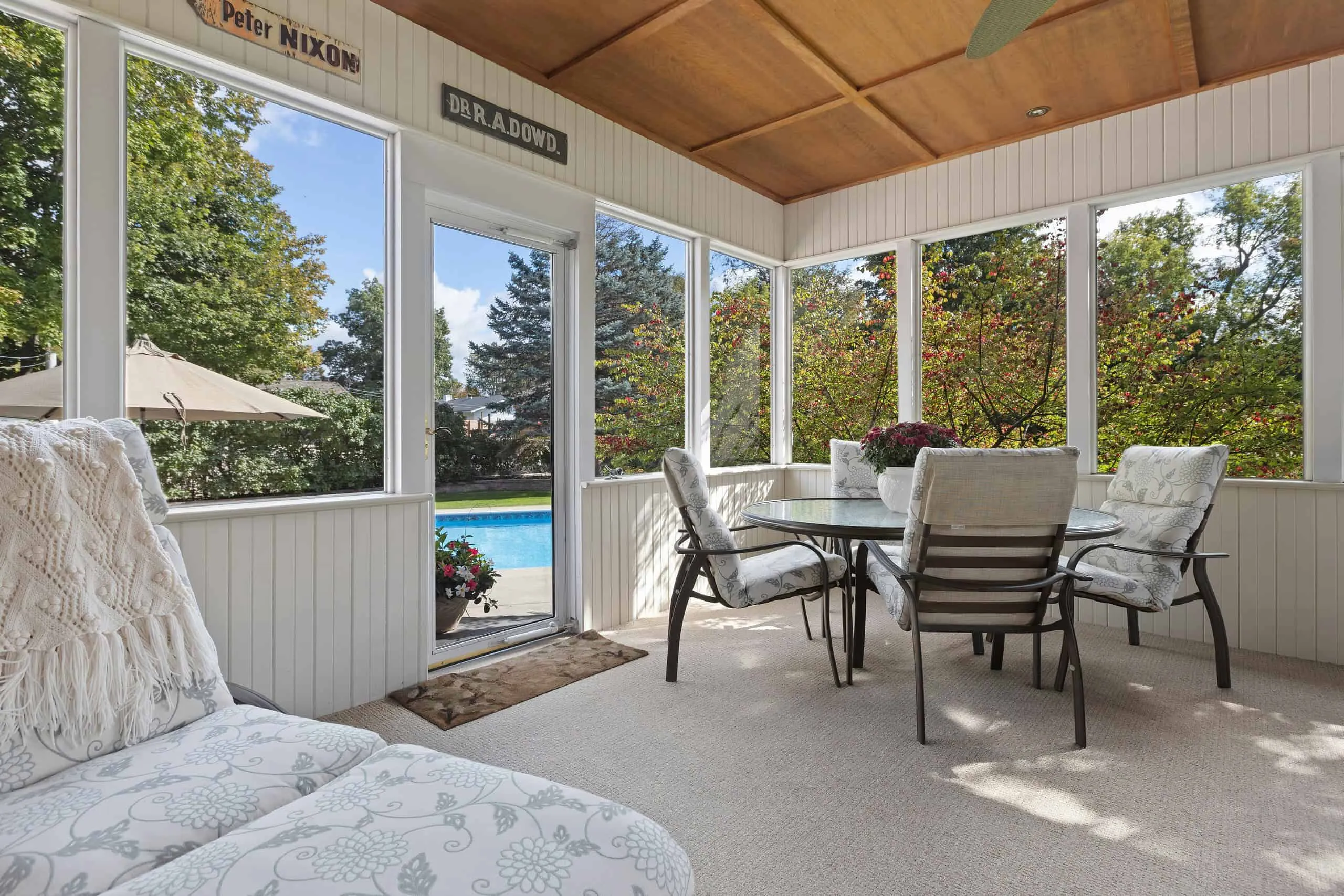 Blurring the Boundaries Between Interior and Exterior Spaces: The Rise of Sunrooms in Modern Home Design
Blurring the Boundaries Between Interior and Exterior Spaces: The Rise of Sunrooms in Modern Home Design BM Kabana House by 4M Group in Pristina, Kosovo
BM Kabana House by 4M Group in Pristina, Kosovo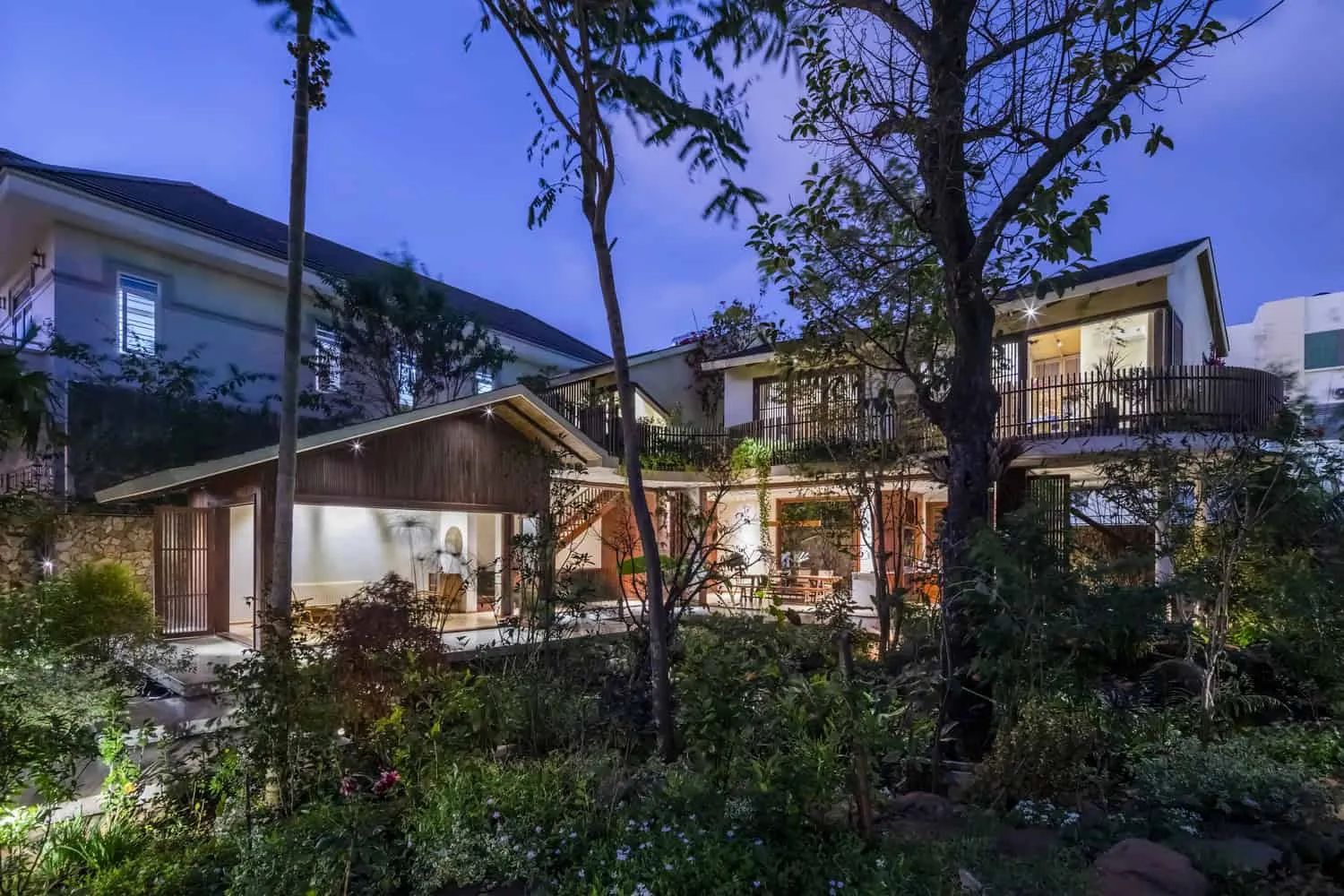 BMT House by K.A Studio + AD9 Architects in Vietnam
BMT House by K.A Studio + AD9 Architects in Vietnam